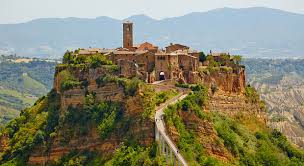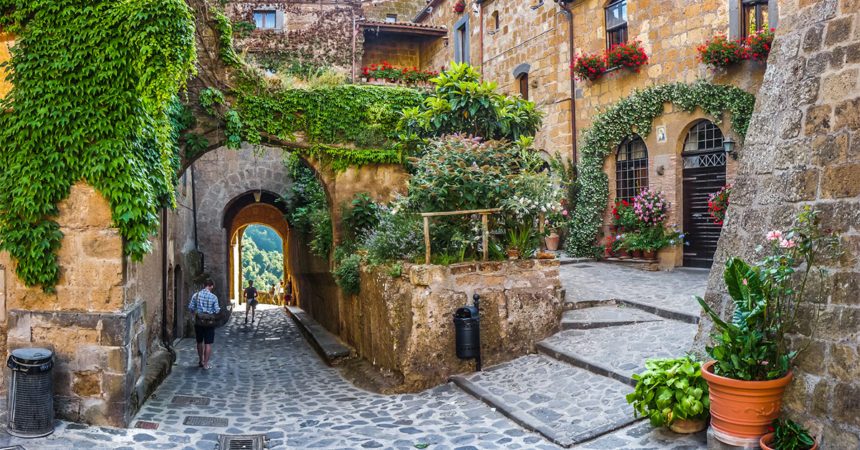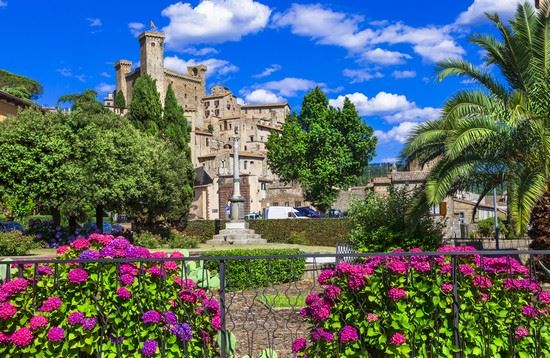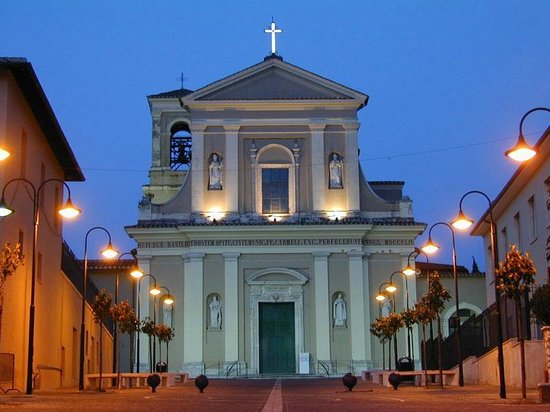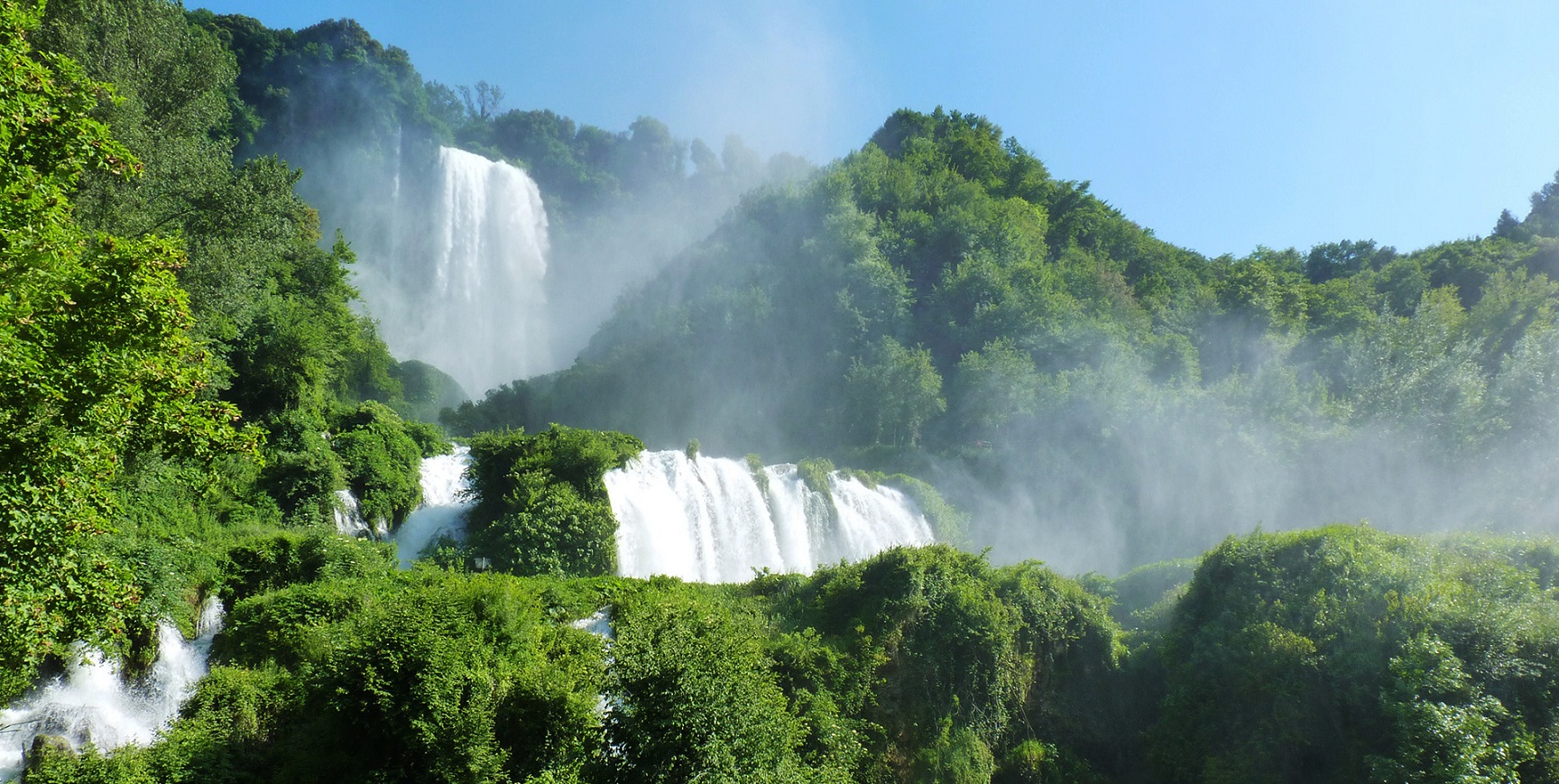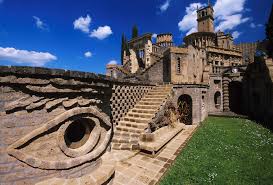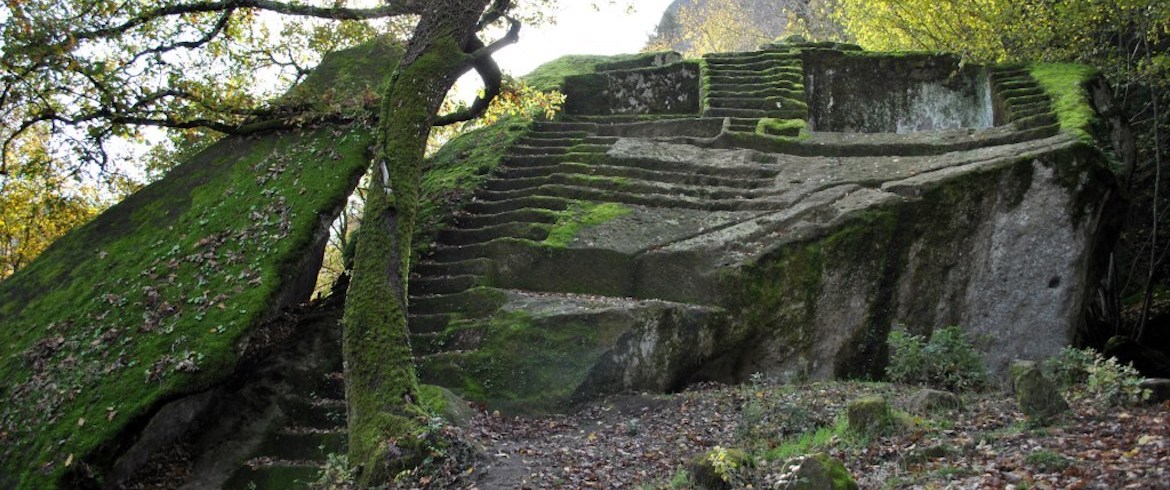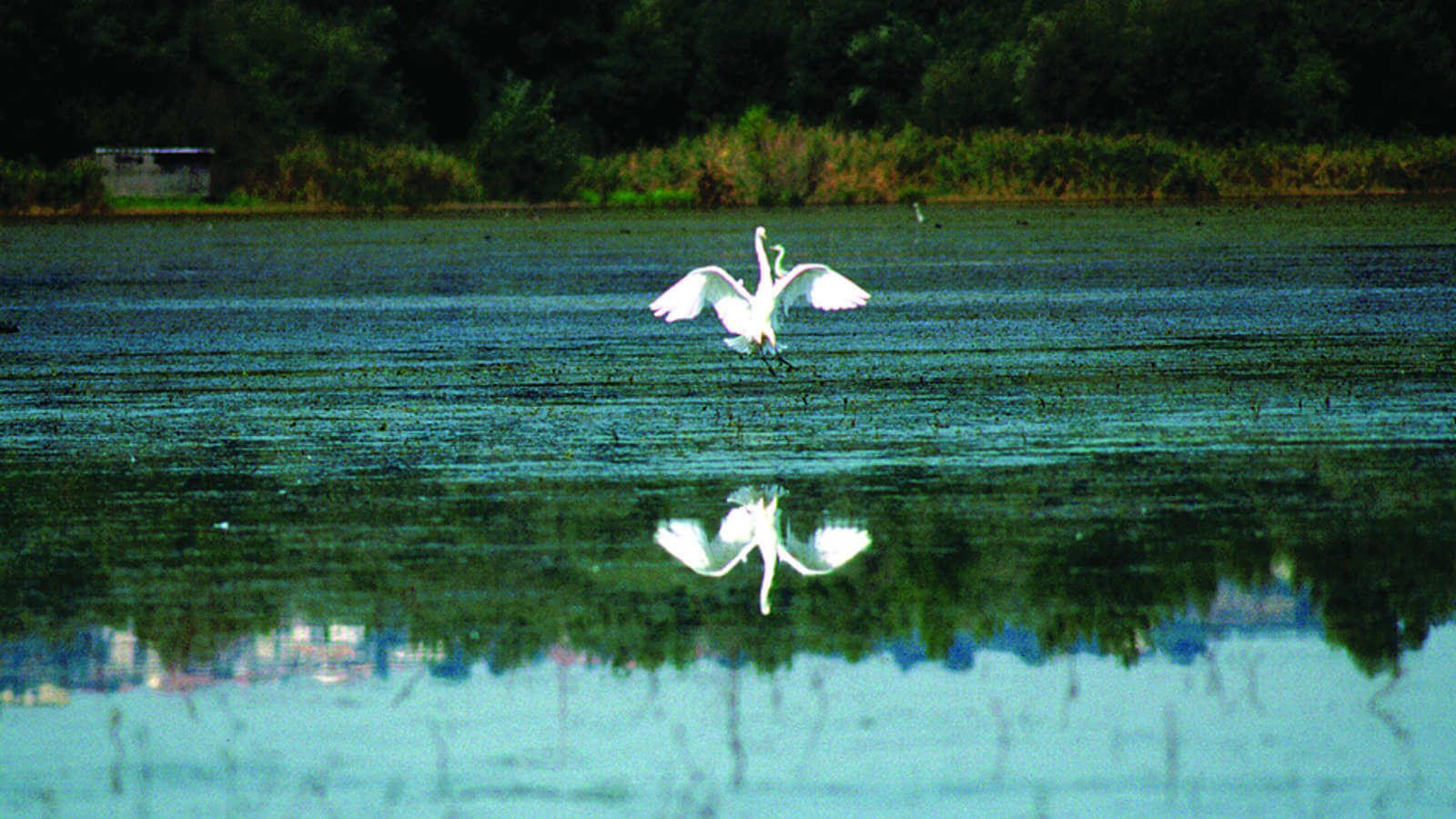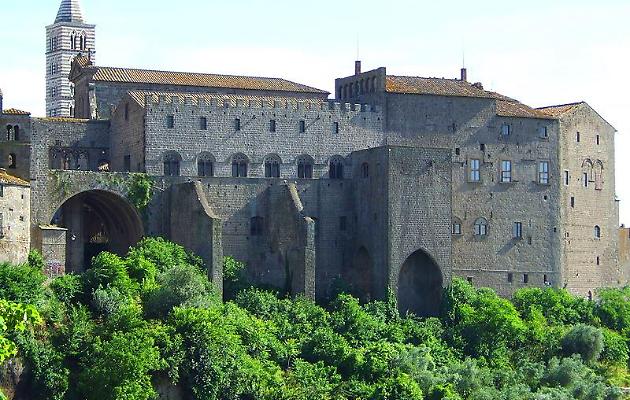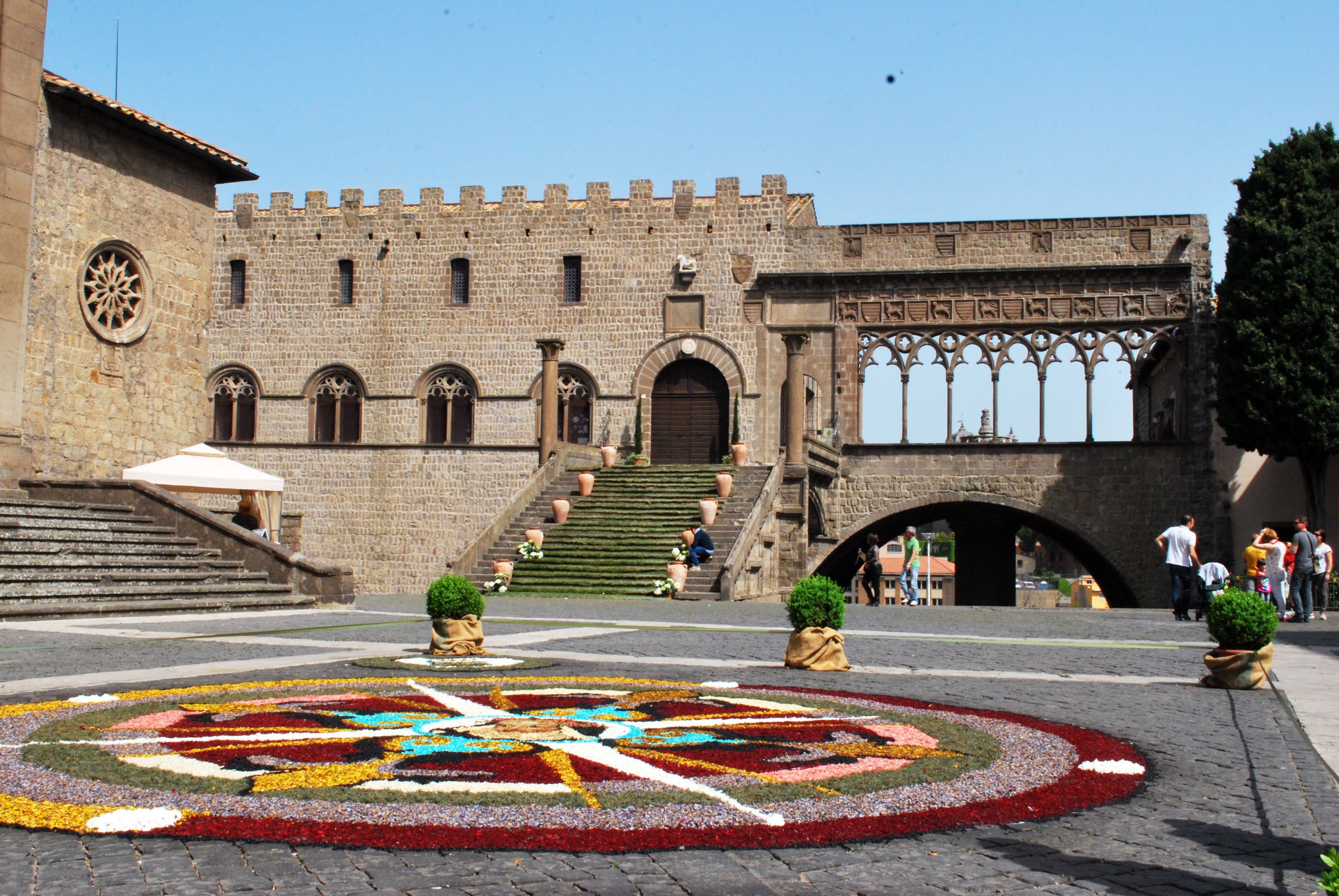Discover the beauties of Orvieto
What see
A UNIQUE AND UNFORGETTABLE EXPERIENCE
The green heart of Umbria
The magnificent location, the extraordinary beauty and the good quality of life, make this illustrious Umbrian city, close between Lazio and Tuscany, an ideal destination for pleasant stays full of pleasure and relaxation.

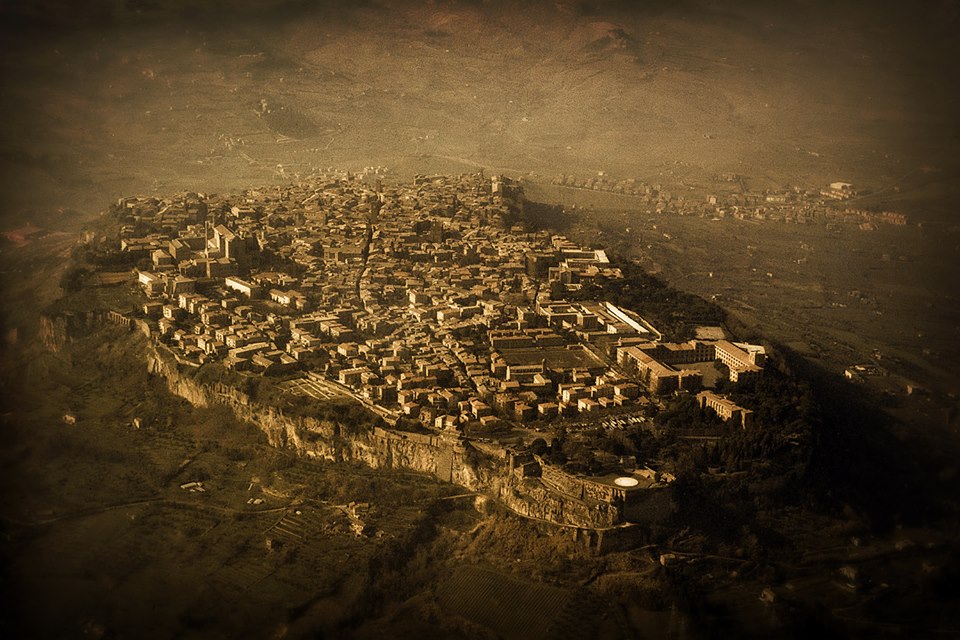

St. Patrick's well
The historic Well of San Patrizio was built by Antonio da Sangallo the Younger, who settled in Orvieto, between 1527 and 1537, at the behest of Pope Clement VI, back from the Sack of Rome and eager to protect himself in case of siege of the city where he had retired. The works of the Well - designed to provide water in the event of a disaster or siege - were concluded during the papacy of Paul III Farnese (1534-1549). Access to the Well,a true masterpiece of engineering, is guaranteed by two one-way helicoidal ramps, completely autonomous and served by two different doors which, at that time, allowed the water extracted without the obstacles to be transported with mules without hindering and without having to resort to the only road that went up to the village from the valley floor. The Well took the name of St. Patrick, probably because it was used as a place of atonement for sins just like an existing cave in Ireland called "St. Patrick's Purgatory".
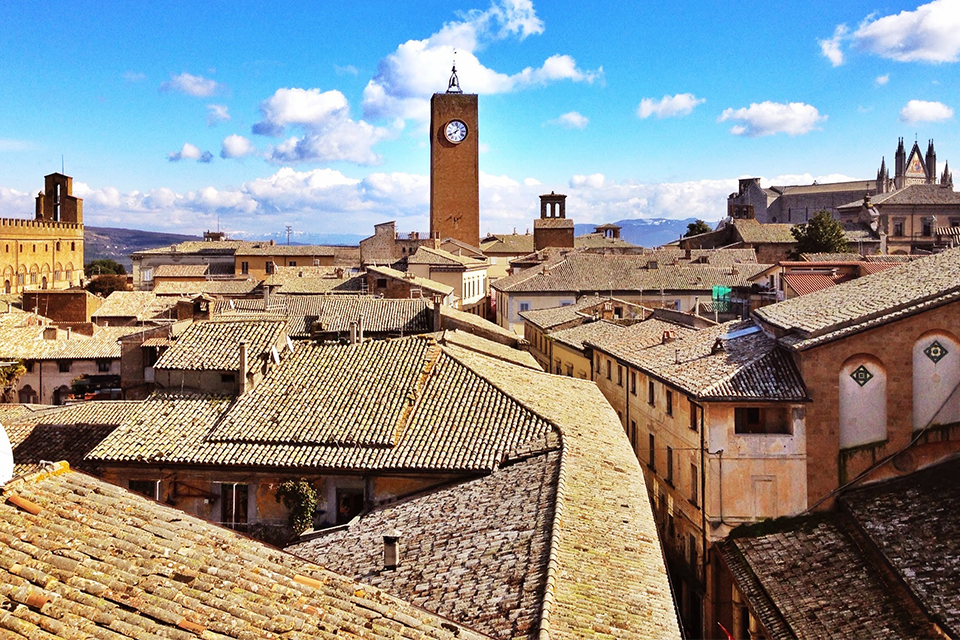
Moor's tower
At the end of the thirteenth century Orvieto had a new urban structure and placed in a strategically central position the palace of the Seven with the tower called the Pope, 47 meters high and almost perfectly oriented according to the four cardinal points. Its imposing dimensions allowed. In fact, the visual domination of the vast territory of the Orvietano state, which extended to the west to the sea, to the east to the Preappenninic chain and to the north to the Cetona and Amiata mountains. In the 16th century the tower was named after Raffaele di Sante, known as il Moro, who also gave its name to the underlying Gualtiero palace it owned, and to the entire district. In 1865, at the height of eighteen meters, the distributing tank of the new aqueduct was placed in the tower of the Moor and, following the restoration of 1866, the mechanical clock and two civic bells were installed. The smallest bell came from the tower of Sant'Andrea and the largest from the Palazzo del Popolo. The palace of the Seven with the tower of the Moor, recently restored and used as a cultural center, belonged to the ancient Della Terza family, then was owned by the Papacy, seat of the Sette, and it seems that Antonio da Sangallo also lived there.
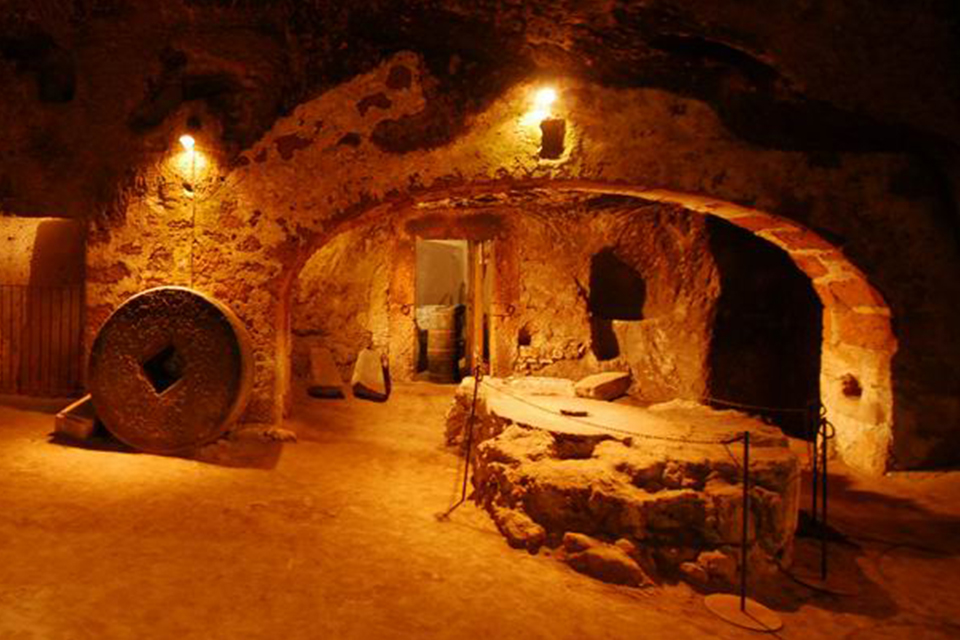
Orvieto Underground
Orvieto, a thousand year old city suspended almost magically between heaven and earth, has unveiled another aspect that makes it unique and exceptional: a labyrinth of caves is hidden in the silent darkness of the cliff. The particular geological nature of the rock on which it stands has allowed the inhabitants to dig, during about 2500 years, an incredible number of cavities that stretch, overlap, intersect below the urban city. They are a precious reservoir of historical and archaeological information, only recently studied in an organic and scientific way. If the "superficial" aspect of the city has changed over the centuries, the hypogeal structures that have been functional have remained, for the most part, intact

Orvieto cathedral
Santa Maria Assunta Cathedral is the main Catholic place of worship in Orvieto, the mother church of the diocese of Orvieto-Todi and a masterpiece of the Gothic architecture of Central Italy. In January 1889 Pope Leo XIII elevated it to the dignity of a minor basilica. The construction of the church was started in 1290 by the will of Pope Nicholas IV, in order to give worthy place to the Corporal of the miracle of Bolsena. Designed in Romanic style by an unknown artist (probably Arnolfo di Cambio), in the beginning the direction of the work was entrusted to Fra Bevignate from Perugia, who soon succeeded, before the end of the century, Giovanni di Uguccione, who introduced the first Gothic forms . At the beginning of the fourteenth century the Sienese sculptor and architect Lorenzo Maitani assumed the role of master builder of the work.
what to see in the surroundings
CIVITA DI BAGNOREGIO
The dying city
Considered one of the most beautiful villages in Italy and immersed in the Valle dei Calanchi, Civita di Bagnoregio was born in Etruscan times. Over the centuries there have been landslides and erosion, which have caused a gradual emptying of the charming village, where time seems to have stopped
BOLSENA
The city of the Eucharistic miracle
The city that gives in 1263 its name to the lake of volcanic origin, is a pretty village that develops on the slopes of the castle Monaldeschi. Its main monument remains the Collegiate Church of Santa Cristina, protector of the city, in which one of the most famous Eucharistic miracles occurred
TERNI
The City of Valentine
The city is part of a teritory rich in history (famous the archaeological site of Carsulae), beauties of nature, such as the Marmore waterfall, and ancient villages (Narni, Otricoli, Amelia just to name a few). The Basilica is dedicated to its patron, whose tomb is kept inside.
BOMARZO
The Park of the Sacro Bosco Monster
Wanted by Prince Pier Francesco Orsini who dedicated it to his wife Giulia Farnese, it was designed and built by architect Pirro Ligorio in 1547 in grotesque style. This bizarre monumental Italian complex was defined by Salvador Dali as a unique historical invention.
OASI DI ALVIANO
The WWF Oasis
It covers about 900 hectares, this oasis is an important naturalistic site for migratory and non-migratory species. Founded in 1963 by a barrier of the river Tiber by Enel (National Electricity Company). In 1990 the collaboration of Enel with the WWF was born, thus starting a project to enhance this area.
VITERBO
The City of Popes and Spas
Set in the green of Tuscia, rich in thermal springs, this medieval city lives its maximum splendor with the celebrations of the patron saint Santa Rosa, to whom the Machine is dedicated. It is a tower of about 30 meters and is carried on the shoulders by over 100 men in the streets of the city on the evening of 3 September.


